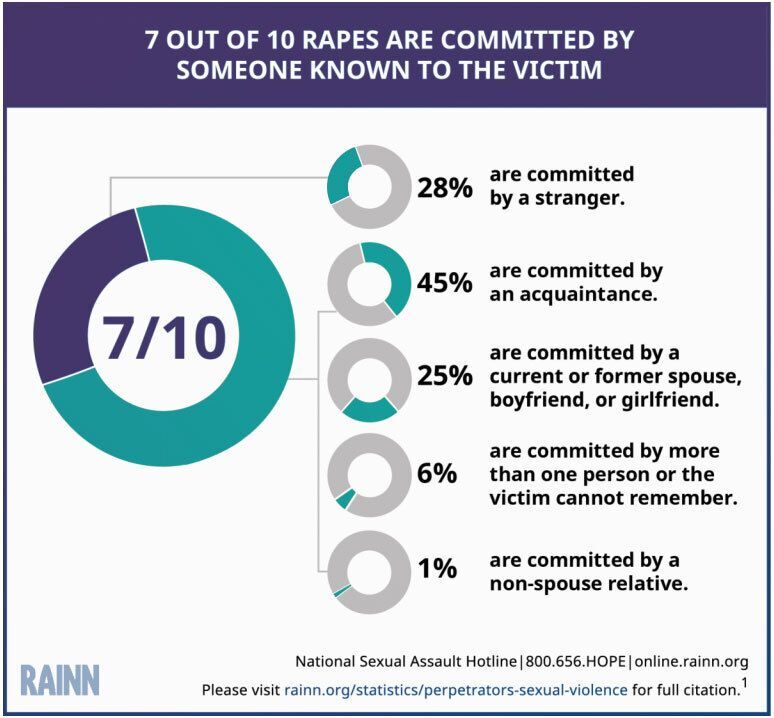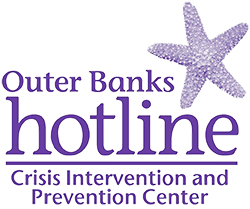What is Sexual Assault?
The term sexual assault refers to sexual contact or behavior that occurs without explicit consent of the victim. Some forms of sexual assault include:
- Attempted rape
- Fondling or unwanted sexual touching
- Forcing a victim to perform sexual acts, such as oral sex or penetrating the perpetrator’s body.
- Penetration of the victim’s body, also known as rape.
What is Rape?
Rape is a form of sexual assault, but not all sexual assault is rape. The term rape is often used as a legal definition to specifically include sexual penetration without consent. The FBI defines rape as “penetration, no matter how slight, of the vagina or anus with any body part or object, or oral penetration by a sex organ of another person, without the consent of the victim.”
Who are the Perpetrators?
Approximately 7 out of 10 sexual assaults are committed by someone known to the victim, such as in the case of intimate partner sexual violence or acquaintance rape.

What is Consent?
Consent is an agreement between participants to engage in sexual activity. There are many ways to give consent, and some of those are discussed below. Consent does not have to be verbal, but verbal agreeing to different sexual activities can help you and your partner respect each other’s boundaries.
Positive consent can look like this:
- Communicating when you change the type or degree of sexual activity with phrases like “is this ok?”
- Explicitly agreeing to certain activities, either by saying “yes” or another affirmation statement like “I’m open to trying”.
- Using physical cues to let the other person know you are comfortable taking things to the next level.
Recovering from Sexual Violence
Recovering from a sexual assault or abuse is a process. And that process looks different for everyone. It may take weeks, months or years – there is no timetable for healing. Recovery can include working with a therapist to help deal with some of the challenges you may be facing, practicing self-care and safety planning.
